Arts & Entertainment
Retired Botanist Publishes 13 Years of Photography Featuring Rowan Oak’s Landscape
On a surprisingly temperate summer morning at 9:30, a retired University of Mississippi botanist named Ed Croom, Jr. watched a gathering of men cut apart an old pecan tree that had been severely damaged by a recent wind storm that once hovered over the stables on late William Faulkner’s Rowan Oak.
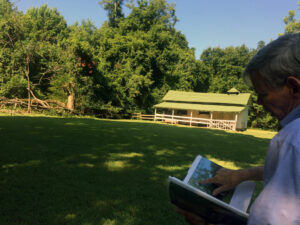
Ed Croom finds a picture of the now-dead pecan tree that once stood next to the stables at Rowan Oak.
He then opened a large book and flipped through 13 years of pictures until he stopped on page 83 that showed the same pecan tree hunched over the stables – a picture that he took a photograph of one early April morning in 2006.
Croom believes that the land should be preserved as carefully as Rowan Oak’s buildings are. After all, the land sustained William Faulkner both in vegetable gardens and orchards and as inspiration for his life’s works, his short stories and novels. So for 13 years, he awakened early, took his camera and tripod, and photographed views of the gardens, steep ravines, looming trees and lush flowers.
“Before the light of day I hear the sounds of the insects and then the birds start to sing which is my mental note that it is ‘time to get up’ and go to Rowan Oak which is just short distance from my home,” said Croom.
He rarely has seen anyone else around Rowan Oak while standing in the often dew-laden grass at 6 a.m. The normal routine is to take a few deep breaths to clear his mind and then calmly focus on the plant or landscape before pressing the shutter.
“When I take a picture of a plant, it’s like taking a portrait of a person,” Croom said. “I try to capture some essence of the plant like a portrait should reveal and for the landscapes to try to capture some part of the spirit of the land.”
Now his morning ritual of 13 years is published in a book – The Land of Rowan Oak (University Press of Mississippi) – that will be in stores on August 25.
“It took me 10 years to feel comfortable that there were enough images to show the beauty, mystery and sanctuary that is Rowan Oak,” Croom said. “And it took three additional years working with the University Press of Mississippi to make the book. This is a journey to show the magnificent beauty and diversity of the land through all the seasons from over a decade. Since most people can not visit Rowan Oak so frequently, I hope the book can show them a place they loved visiting or will visit in a special way.”
The book has 147 of his photographs pictures of Rowan Oak including Bailey’s Woods through 13 years from rare snow-covered bushes to trees greener than fields in Ireland. As Croom flipped through the book, he tapped on pictures that remind one of the scenes in Faulkner’s books – one glowing picture was titled “August Morning Light” that shows what the Light in August actually looks like in Rowan Oak. Another photo shows a tree dotted with red flowers, the Judas tree as Faulkner called it in Sartoris. Croom pointed to one more picture, saying that he took snapped this before realizing it perfectly fits a scene in Absalom, Absalom!
Croom fell in love with Rowan Oak when he moved to Oxford in 1982 and bought a house just down the street from the historic home in 2003 so he could visit often, which he did.
He said, “I’ve been to Africa, China and Europe and here in Oxford…well, it’s a really special place to me. I sometimes think ‘Why would anyone visiting Rowan Oak want to only stay inside the house?’ This is a historic landscape with plants that are classical Southern garden plants and have nurtured a great creative literary genius through sight and sound and smell and offering sanctuary from the nearby busy world. Come see the land that Faulkner saw. See if you can be inspired by this place.”
But Rowan Oak today is not entirely the same as it was in Faulkner’s time.
“There are some plants that are no longer there,” Croom said. “The Byzantine Gladiolus Liles – they’re not there anymore. The beautiful, ancient pecan tree with its spring flowers is also gone.”
Indeed on that temperate summer morning, he watched that old pecan tree that once hovered next to Faulkner’s stables be cut down. As he walked around Rowan Oak that morning, he pointed to the empty ground where a peach tree once stood behind “Mammy” Callie Barr’s house. Near the old brick wall, he told of how Estelle once grew multiple colors of climbing roses, pink and white peonies and a Lady Banksia rose. He imagines that Estelle would have cut these flowers to decorate the home.
He intends that The Land of Rowan Oak will inspire a deeper love and future preservation of the plants and landscape of Rowan Oak.
Ed Croom, whose professional career focused on studying medicinal plants, asserts that Faulkner saw Rowan Oak as his sanctuary, the land that grew much of his food, housed his horses and was a place whose plants and landscapes served as a daily source of inspiration for the Southern natural world around him.
He said, “Here we are now, 50 years after Faulkner’s death with many of the plants from the time William and Estelle Faulkner lived here still growing around us and retains the feeling of a natural sanctuary. The photographs show us the beauty and mystery that this special place evoked for Faulkner in his life and can evoke for us today.”
Like William Faulkner, the visitors can walk the cultivated grounds and surrounding woods surrounded by the plants and bird songs and the smell of the earth itself – and hopefully find the same inspiration that he felt from the land he loved since his childhood.
The Land of Rowan Oak may be purchased locally at Square Books as well as other bookstores and from online retailers.
Callie Daniels Bryant is the senior managing editor at HottyToddy.com. She can be reached at callie.daniels@hottytoddy.com.
Follow HottyToddy.com on Instagram, Twitter and Snapchat @hottytoddynews. Like its Facebook page: If You Love Oxford and Ole Miss…


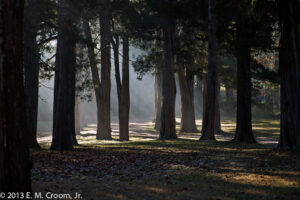
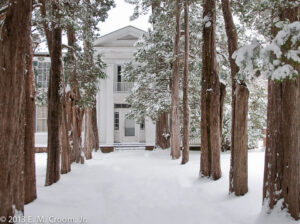

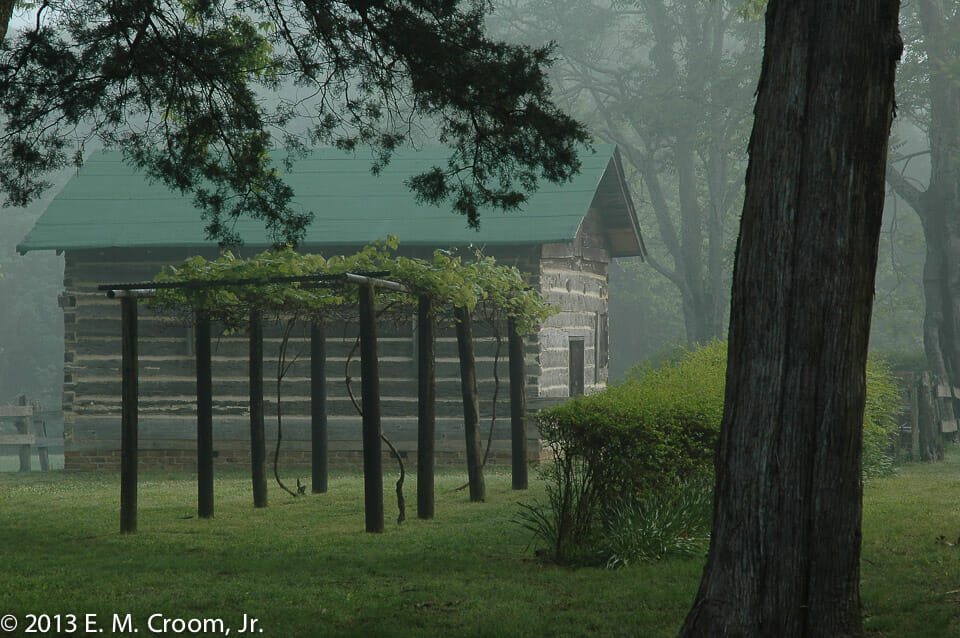
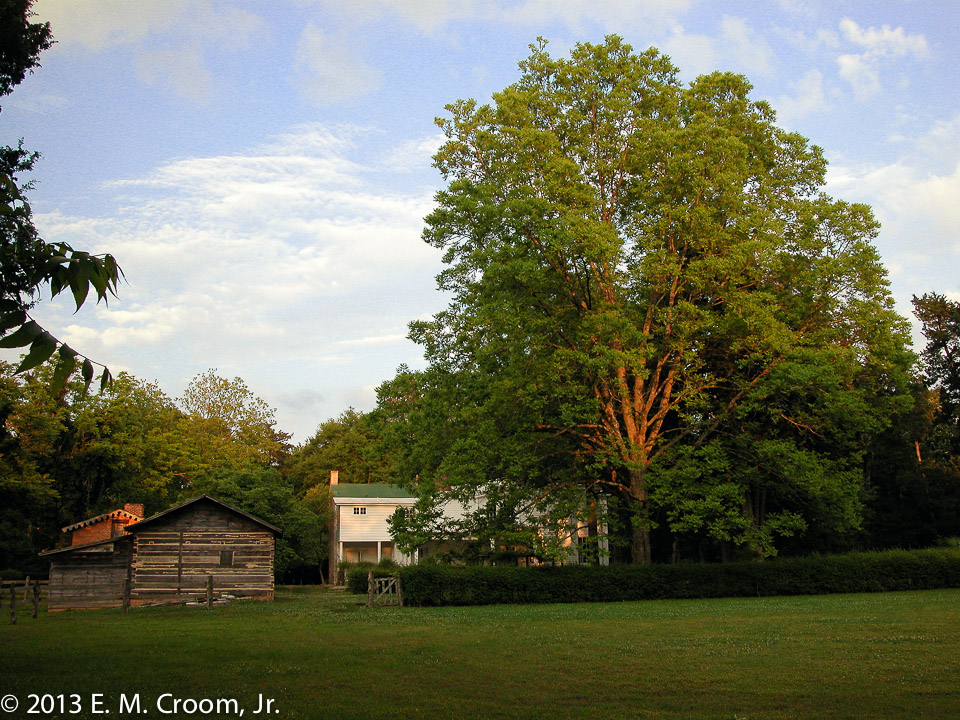























































Anonymous
August 4, 2016 at 4:11 pm
Great work Callie! Ed … wow, just wow! You captured Rowan Oak like never before. Congrats! John Cofield
Cindy
August 4, 2016 at 6:28 pm
Would be wonderful if some organization would take on restoring the gardens at Rowan Oak. Maybe the Master Gardeners in Oxford?
Liz
August 4, 2016 at 6:50 pm
Great article and gorgeous photos! I’m looking forward to picking up a copy of this book. I too used to walk the grounds of Rowan Oak in the early morning hours. Nothing compares.